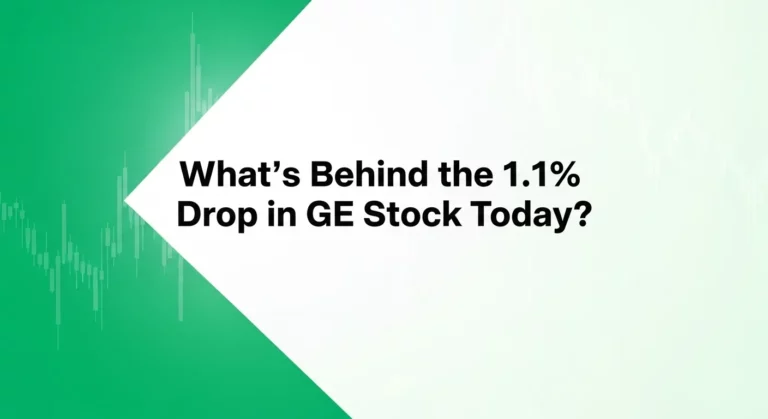August Consumer Price Index Shows 2.9% Gain Amid Higher Jobless Claims
The Consumer Price Index (CPI) for August recorded a 2.9% gain, highlighting that inflationary pressures are still present. At the same time, jobless claims have risen, pointing to a weaker labor market. Together, these developments paint a picture of an economy where everyday prices remain high while employment conditions begin to soften. This mix is creating challenges for households, businesses, and policymakers.
What the Consumer Price Index Tells Us
The Consumer Price Index measures the changes in prices that consumers pay for a basket of goods and services. This includes essentials such as food, housing, healthcare, and transportation.
A 2.9% increase in August suggests that prices are still climbing faster than the Federal Reserve’s target of 2%. Even small increases weigh heavily on families already stretched by housing costs and higher grocery bills. For investors, the CPI is also critical because it influences market behavior and monetary policy decisions.
Rising Jobless Claims and Labor Market Weakness
The increase in jobless claims alongside the CPI data shows that more people are filing for unemployment benefits. This is often seen as an early sign that the labor market is cooling.
When job security weakens while prices remain elevated, consumers face a double challenge. They must deal with higher living costs but with less confidence in their income stability. For businesses, this shift signals caution in spending, hiring, and expansion.
Impact on the Stock Market
The stock market reacts directly to CPI reports. A higher CPI often sparks concerns that the Federal Reserve will keep interest rates higher for longer. This expectation influences everything from corporate earnings forecasts to household borrowing costs.
Investors typically re-examine portfolios after CPI releases. Consumer-facing companies in retail, travel, and leisure often see more pressure when inflation squeezes disposable income. At the same time, some investors shift toward AI stocks and technology firms that promise long-term growth, even in uncertain conditions.
Federal Reserve’s Policy Challenge
The Federal Reserve faces a difficult task when CPI remains elevated. Its goal is to bring inflation closer to the 2% target while not damaging the labor market.
With jobless claims rising, the Fed may hesitate to keep monetary policy tight for too long. But if it loosens too quickly, inflation could accelerate again. This balance is one reason financial markets remain volatile whenever new CPI data is released.
How Households Adjust Spending
Consumers respond quickly to higher prices. Many households are prioritizing essentials like housing, groceries, and healthcare, while delaying or cutting back on discretionary purchases.
Retailers are noticing these shifts. To maintain sales, they are offering discounts, new product bundles, and flexible payment options. At the same time, businesses in sectors such as AI technology are benefiting as companies invest in automation and efficiency tools to offset rising costs.
Global Effects of U.S. CPI Data
The U.S. dollar tends to strengthen when inflation runs high and interest rates stay elevated. A strong dollar makes U.S. exports more expensive abroad but lowers the cost of imports for American buyers.
For emerging markets, a strong dollar raises repayment costs on dollar-denominated debt. This creates challenges for global growth, which is why institutions such as the International Monetary Fund (IMF) monitor U.S. inflation trends closely.
Investor Reactions and Strategies
For investors, a 2.9% CPI gain signals caution. Defensive sectors like healthcare, utilities, and consumer staples are often favored during inflationary periods. These industries provide essential goods and services that people continue to buy regardless of price increases.
At the same time, AI stocks and technology companies remain attractive. Investors see them as future growth leaders, even if short-term market volatility remains high. Effective stock research now focuses on companies with strong financial health, pricing power, and flexibility to manage rising costs.
Diversification is also key. Many investors spread risk across stocks, bonds, commodities, and alternative assets to balance returns in uncertain conditions.
Conclusion
The August Consumer Price Index increase of 2.9% and the rise in jobless claims underline the complex state of the U.S. economy. Inflation is still too high, and the labor market is showing early signs of weakness.
For households, this means tighter budgets and careful spending choices. For investors, it means monitoring CPI closely, adapting portfolios, and looking for resilient sectors. For policymakers, it means navigating the difficult balance of fighting inflation without causing further job losses.
As we move forward, the interplay between prices and employment will continue to guide the economy and financial markets.
FAQs
It measures the average price changes of goods and services purchased by households, making it the most widely used gauge of inflation.
They indicate that more people are applying for unemployment benefits, which often signals early weakness in the labor market.
It shapes expectations around Federal Reserve policy, interest rates, and stock market behavior. A higher CPI usually leads to more caution in investment decisions.
Disclaimer:
This content is made for learning only. It is not meant to give financial advice. Always check the facts yourself. Financial decisions need detailed research.






